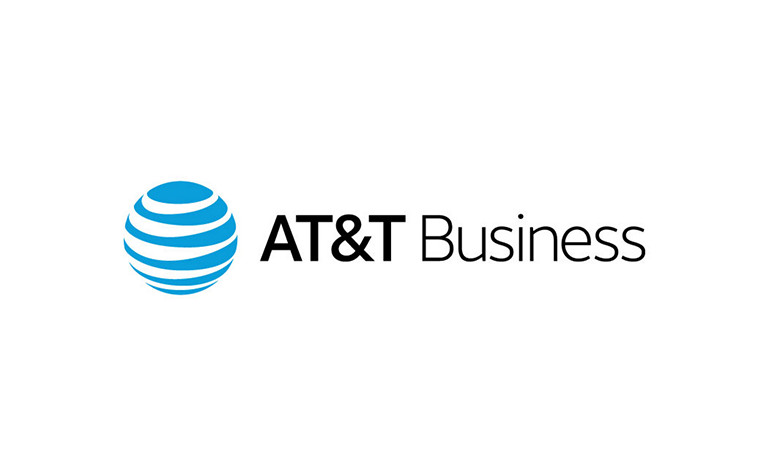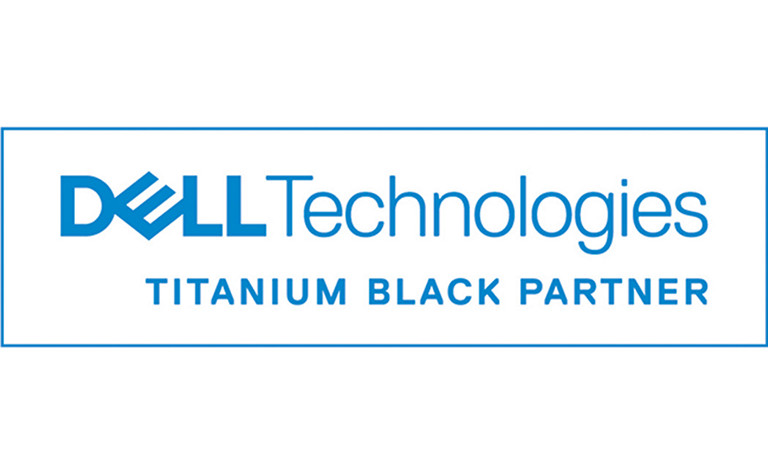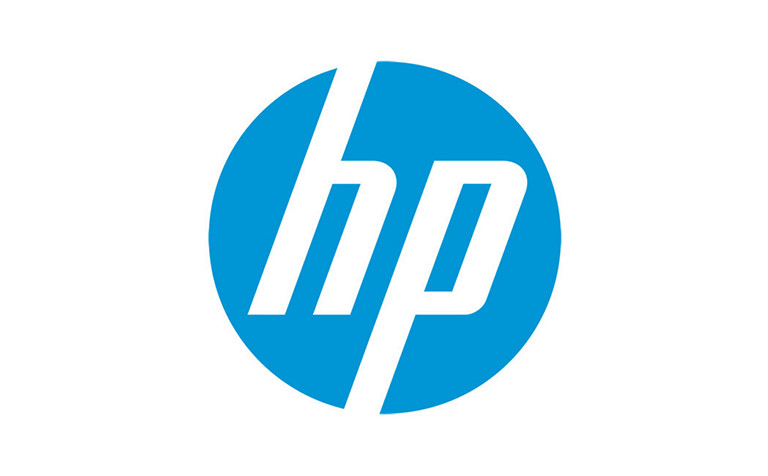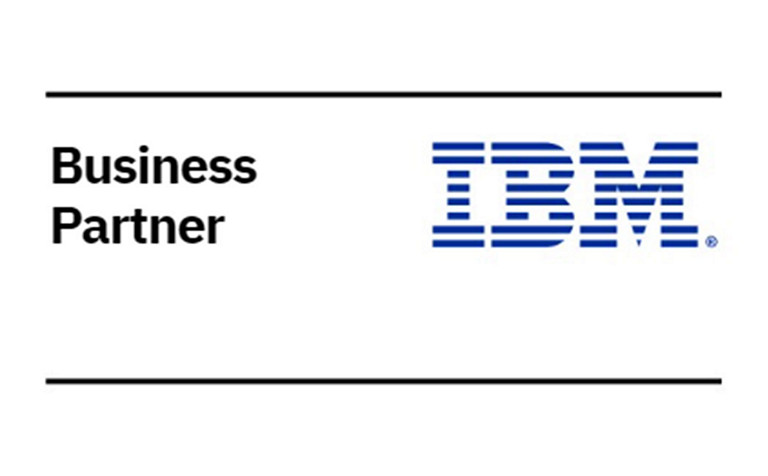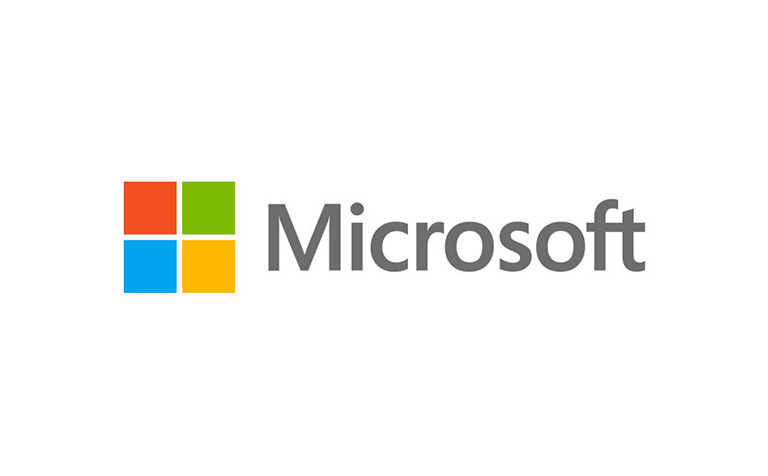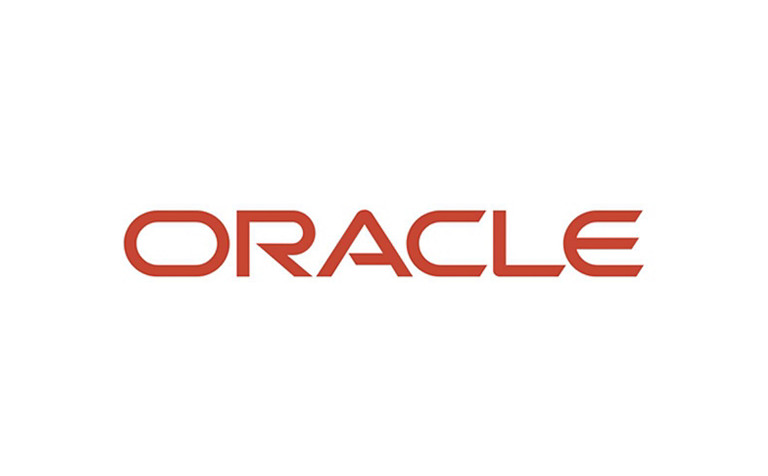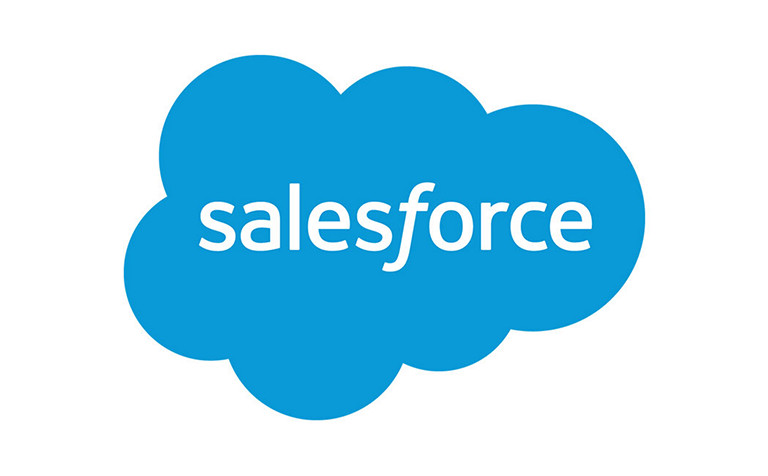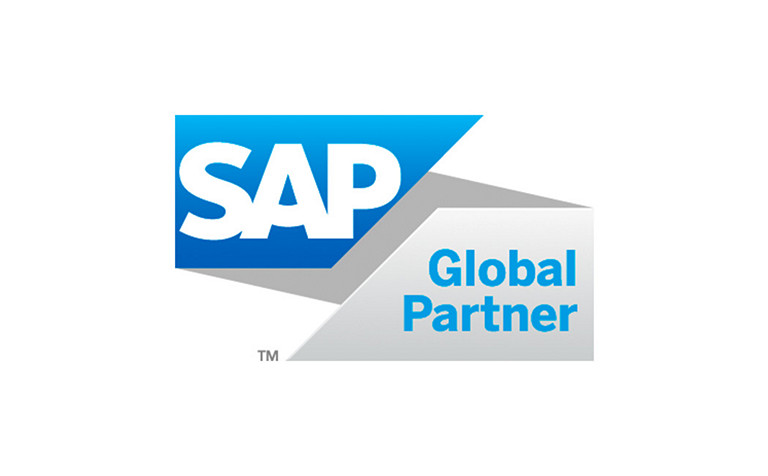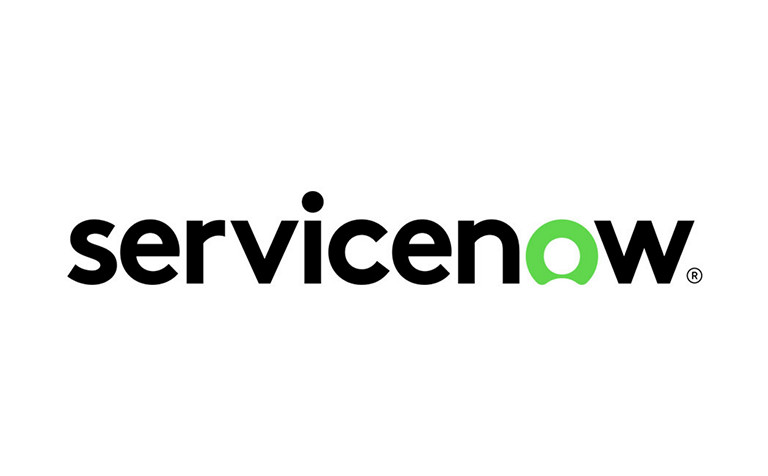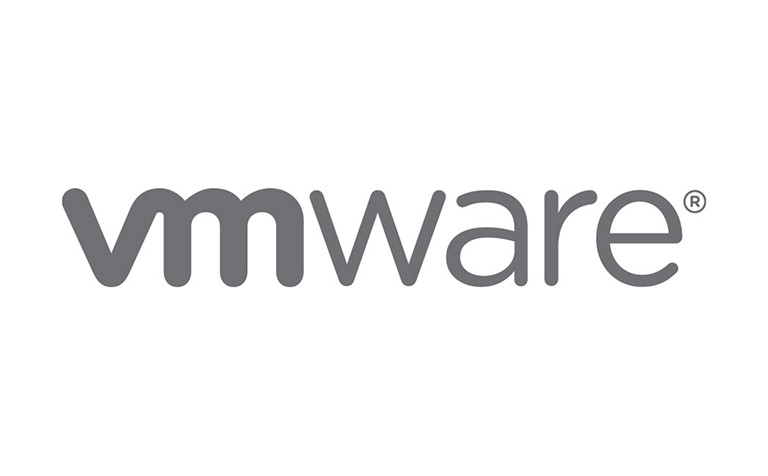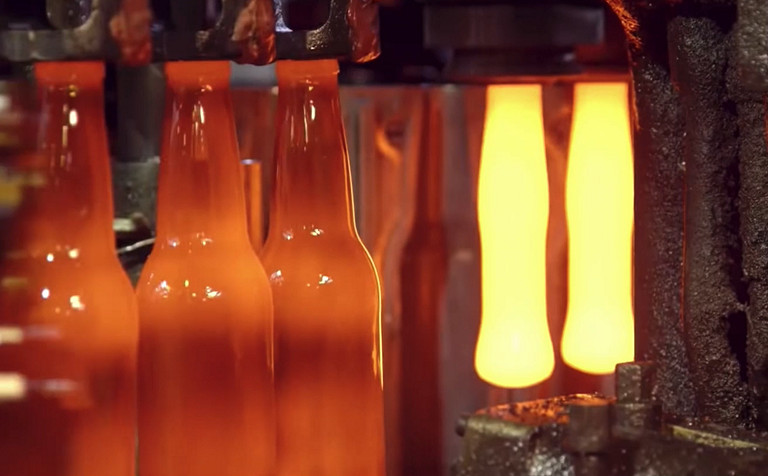
- Gartner
- AI
- Tech-Debt
60+
countries
130,000+
employees
240+
customers in the Fortune 500
Customer Stories
Jollibee Foods accelerates digital transformation for growth
“Even though we have partnered with DXC for many years, you can feel their enthusiasm for supporting new initiatives and pushing for new platforms to help improve the business. This partnership reflects our shared vision of digital transformation at scale, aimed at delivering unparalleled experiences to JFC’s customers.”
— Joseph C Tanbuntiong
Chief Business Officer at Jollibee Foods Corporation

The manufacturer deployed DXC UPtime™ Experience Platform to enable friction-free technology experiences for its global workforce.
Perspectives

How auto manufacturers can design for sustainability
Meet the challenges of ESG regulations by adopting and integrating three powerful industrywide solutions.

Learn from others to supercharge your applications modernization
Insights from DXC Modernization Studio help you determine the best way to make digital progress.

Gen AI in insurance: A balancing act of risk and impact
A conversation on juggling regulatory uncertainty with the transformation of core business.





